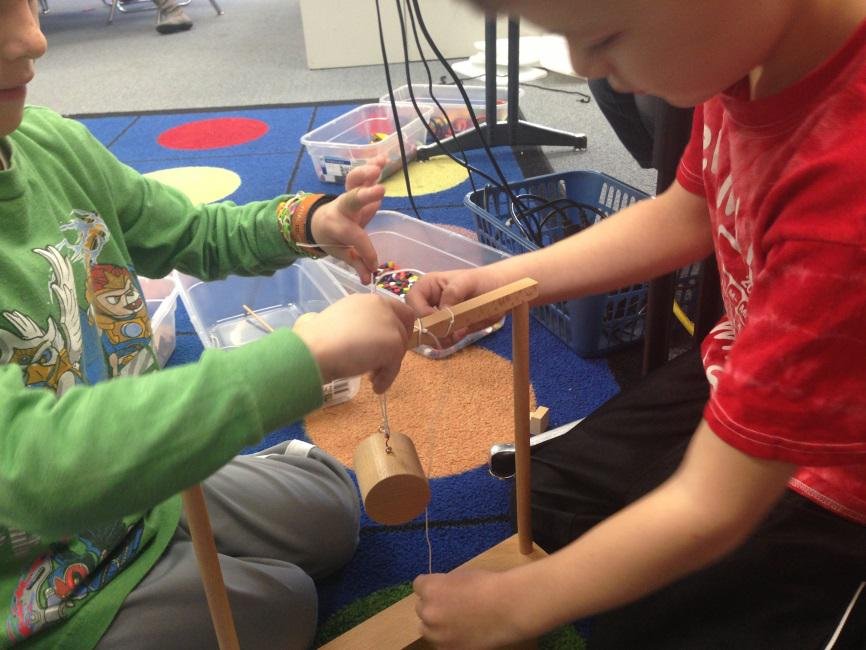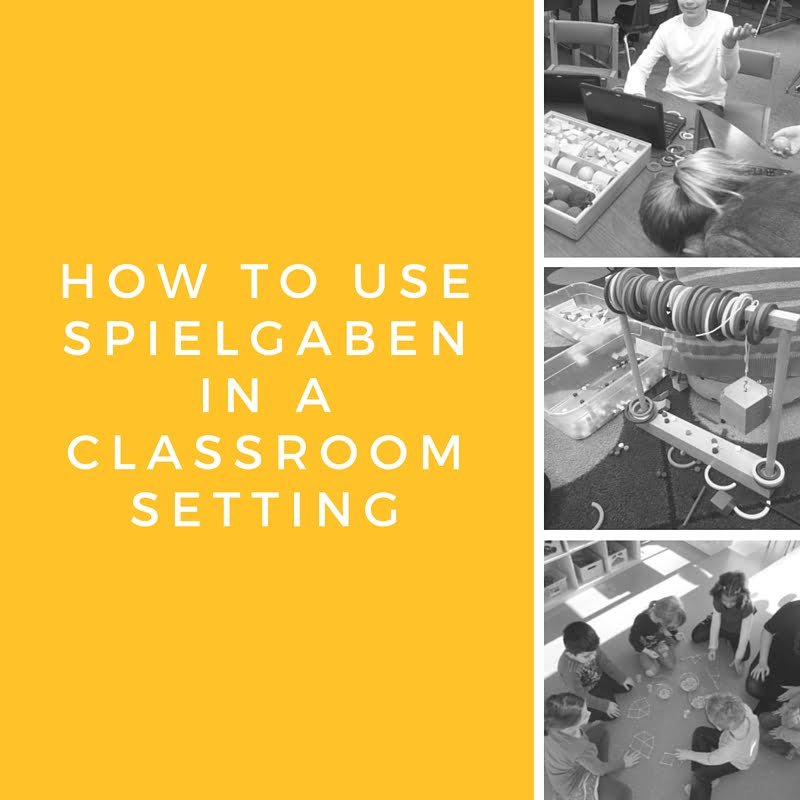THE DIFFERENCES BETWEEN MAINSTREAM SCHOOLS, MONTESSORI AND STEINER SCHOOLS
In Part 1 of our article on comparing mainstream schools to alternative schools, we looked at the difference between Froebel and Reggio Emilio to mainstream schools. In this article, we are going to compare mainstream schools to Montessori and Waldorf Steiner schools. In Part 1 of our series we gave an explanation of what a mainstream school is, and a general explanation of alternative schooling as well as looking at Froebel and Reggio Emilio. Please feel free to click here to look at Part 1. We also recently took a look at the differences between Froebel, Reggio Emilio, Montessori and Waldorf Steiner schools to each other, so for some extra information take a look at Part 1 and Part 2 here, for the comparisons.
As always knowledge is power, and in this case we hope to empower you with all the information you need to make the right choices for your child when it comes to one of the most important decisions that you will ever make.
Mainstream Schools vs. Montessori Schools
Let’s compare mainstream schools against Montessori schools and take a look at the main differences in approach.
Italian physician and educator, Maria Montessori, developed the Montessori educational approach. This approach is characterised by a strong focus on independence, freedom within limits and respect for a child’s natural psychological, physical and social development.
The basic principles of the Montessori approach is firstly that children and developing adults engage in psychological self-construction by means of interaction with their environment and the whole approach is about developing the whole chid. Secondly, young children aged 6 years and younger have a distinctive path of psychological development. Children should therefore be allowed to act and choose freely within their Montessori environment which encourages optimal development.
The Montessori Method is a philosophy that respects and protects the uniqueness of each child. Dr Montessori believed that children should not be compared to norms or standards that are measured by the traditional systems. This method aims at learning without restrictions or criticism. Central to the Montessori Method is the joy of learning. Where learning is fun and enjoyable it creates well-adjusted individuals with a purpose in life. Children who experience the joy of learning are happy, confident and fulfilled.
The Montessori style aims at teaching self-reliance and independence. Children learn practical life skills such as dressing themselves, helping with cooking, to pack away clothes and toys and to be actively involved in their home environment and at a later age in their neighbourhood and community. In other words Montessori and self-discipline are closely linked.
Montessori is a methodical way of teaching. Through play children learn abstract learning and repetition of activities is often found in this style. Under age 6 there are 1 to 2 uninterrupted 3 hour work periods each day. The idea behind this is that children learn from a young age that concentration and uninterrupted work is to be respected and interruption of a busy person is to be avoided. Older children can schedule meetings or study groups with each other and the teacher when required. Spontaneous formation of groups is encouraged. The work centre or classroom is arranged according to subject area – it is encouraged that all disciplines be treated as a whole and not individually. Children are free to roam around the room instead of being desk-tied. Children are not limited on the period of use of materials. All subject matters will be studied throughout the day – maths, languages, science, art, music, geography and history amongst others and they are therefore interwoven and treated in a holistic manner.
Class sizes average between about 30-35 children to one Montessori trained teacher, called a Directress, and one non-teaching assistant. The infant and toddler groups are smaller and sized according to social services regulations which vary from country to country. The Montessori approach does not lecture to large or small groups. The teacher’s role is one of overseeing a group of approximately 30 children working on a broad array of tasks. The teacher will spend more one on one time with a child. The educator is trained in the basic disciplines such as maths, languages, the arts and sciences and in guiding a child’s research and exploration. The teacher is there to capitalise on a child’s interest in a subject matter. Montessori is aimed at letting the child determine their learning and not at the educator determining what the child should learn. The teacher does not assign assignments or determine what a child should read nor are limits imposed on how far a child should pursue a particular interest.
True Montessori schools should offer a religion neutral environment. This does not mean that religious studies are not taught – the schools do not follow a specific religion, instead it teaches about different religions and through this attempt to create a culture of respect and consideration for different religions.
It’s important to remember that the Montessori style is aimed at pre-school to elementary school as the education for Middle and High School is less developed and therefore not common. A number of schools have however extended their programmes for younger children to middle and high school levels.
Montessori classrooms are designed with purpose. Everything in the classroom environment is there for children to experience all their senses and classrooms for younger children are designed according to the size of little people; furniture is smaller and designed to be easily accessible and within reach. Grading is therefore done on a portfolio approach and not one of rewards or punishment. The teacher is required to keep records of their observations of each child. The success of the system is determined on the happiness, maturity, kindness and love of learning and level of work achieved by the child.
There are no set academic achievements for children up to the age of 6 and children are exposed to an enormous amount of knowledge which they acquire on a level suited to their individual level of development. It is often found that young children often learn to read, write and calculate beyond what is expected of their age group.
From age 6 and older the teacher remains alert to the individual child’s interests and guides research and learning according to these interests. There is no set curriculum except for those set by the state or entrance requirements for specific grades or school and colleges – these will be incorporated in the learning process. From age 6 children are in charge of their own learning and design contracts with their teachers to guide their work and workload and to teach the child to acquire responsibility to apply effective time management. It is not uncommon that in the age groups of 6 and older that subjects are introduced which are only done by children in traditional schools in the middle or high school phase.
Development of character and academic education is treated equally importantly. It is of the utmost importance to develop individuals who are confident, able to take care of themselves, their environment and each other, cooking, cleaning, building, gardening, moving gracefully, speaking politely, considerate and helpful and socially aware individuals.
Here is a breakdown of how the Montessori Method is incorporated within each programme.
The primary programme focuses on the importance of providing a secure environment within which the child can easily adapt and grow into new social interactions. Two main areas are focused on – sensory activities which promote awareness and development of the senses and practical life activities which let children learn about themselves and taking care of themselves. Independent work and social interaction become well developed in older primary children. Their minds develop into rational minds and less instinctive.
The lower elementary programme for kids aged between age 6 and 9 have the ability to learn academic subjects in a hands-on way. Children are not forced to memorise difficult concepts, but are guided to work with scientifically engineered manipulative materials until they reach their own understanding of the concept.
The upper elementary programme helps students to become self-confident and lifelong learners with the ability to self-motivate and self-regulate their work. The classroom becomes a learning laboratory for the 9 to 12 year olds where the subject matter is interconnected. Small group and cooperative learning alternate independent work time which teach children to work both individually as well in a team.
In order to have a holistic approach often gardening is part of the curriculum. Children work outdoors with child-sized equipment and self-directed lesson boxes. It is expected of the children pick up garbage, mix soil, grind egg shells, mulch plants, feed birds and scrub rocks. Children learn about worms and soil, as well as the influence of the sun and shade. Children learn how nature and the outdoors can bring inner peace. These activities reinforce a respect for living things and recognition that a garden is alive with millipedes, beetles, snails, slugs, earthworms and fungi and at that each creature fulfils a role and that there is no such thing as garbage.
Gardening teaches how soil is made, the role of worms and insects in nature, the importance of re-using resources, importance of composting, what helps plants grow and the life cycle of a garden.
Parents are encouraged to volunteer to assist the groups working outside and to actively participate in their child’s education.
What is the Difference between Mainstream and Montessori Schooling?
Montessori education encourages learning through all five senses not just through reading, listening and watching. Learning takes place at the pace of the child and according to their preference of activities – of which there are broad choices. Classes are divided into three-year age groups – 3-6 years, 6-9 years and 9-12 year. The idea behind this is that children form “communities” or relationships with older children which form a part of the method of learning. Children spontaneously share knowledge and the younger ones can learn from the older ones. In a Montessori environment, assignments will not be returned with red marks and comments. The child’s effort is respected and considered. The teacher plans individual projects to enable each child to learn what he needs to improve on. The teacher does this by careful observation and extensive record-keeping.
Mainstream Schools vs. Waldorf Steiner Schools
Waldorf education is named after an Austrian philosopher Rudolf Steiner, the founder of anthroposophy, which is in a nutshell the existence of an objective, intellectually comprehensible spiritual world accessible to direct experience through inner development. This style encourages the role of imagination in learning and the holistic integration of the intellectual, practical and artistic development. Waldorf’s philosophy is that in order to understand the universe, people must first have an understanding of humanity.
The structure of Waldorf Education divides childhood into 3 developmental stages and learning strategies are appropriate to each phase. The stages each last approximately 7 years. The purpose behind this approach is to stimulate the “physical, behavioural, emotional, cognitive, social and spiritual” aspects of each individual through which creative, as well as analytical thinking is developed. The focus is on the arts and inner life. Waldorf is outspoken about children not being exposed to popular media and social media. Computers are limited to the upper school grades as children should develop and create their own worlds.
Waldorf schools as well as their teachers require strict certification. A curriculum is followed which is developmentally appropriate within which the child has a certain amount of freedom to determine their own learning. Children’s desire for order and routine is respected. Waldorf place a strong emphasis on imagination and children are encouraged to make their own toys from material at hand. A strong sense of society is incorporated into the methodology – teaching children to look after themselves, think for themselves, caring for others and avoidance of violence. Teachers are encouraged to explore new ideas and to allow them to be guided by exploration of students. This encourages true learning and not merely memorising to pass an exam. The main subjects such as history, language arts, science and mathematics are taught in main lesson blocks of 2 to 3 hours per day with each block set for a period of 3 to 5 weeks. Subjects are re-visited several times, but each new exposure provides more depth and insight into the subject matter.
The arts, which are usually limit in a mainstream school is the crux of a Waldorf school. Creative activities such as knitting, foreign languages and the playing of musical instruments are actively promoted. All children learn to play the recorder and to knit. Textbooks are limited and mostly used to supplement learning such as maths and grammar in the higher grades. Children compile their own “textbooks” through the year, filling them with information of their experiences of what they have learned. It is common that teachers stay with a class from first to eighth grade. This way a deep human relationship can be built, which is not possible where teachers frequently change.
Reading is not taught until second grade. Waldorf educators believe that in the early years children should be read to, be told fairy tales to stimulate imagination and be allowed to play. This encourages oral skills before reading skills commence. In the Waldorf School writing is taught before reading and the alphabet is explored as a tool to communicate with others through pictures. This way writing evolves out of art and children’s doodles instead of reproduction of written content.
In the Waldorf School, as in Montessori, testing and grading are not part of the teaching approach.
The typical Lower School Curriculum would be likely to follow the following structure:
Primary Grades 1 – 3
- Pictorial introduction to the alphabet, writing, reading, spelling, poetry and drama.
- Folk and fairy tales, fables, legends, Old Testament stories.
- Numbers, basic mathematical processes of addition, subtraction, multiplication and division.
- Nature stories, house building and gardening.
Middle Grades 4 – 6
- Writing, reading, spelling, grammar, poetry and drama.
- Norse myths, history and stories of ancient civilisations.
- Review of the 4 mathematical processes, fractions, percentages, and geometry.
- Local and world geography, comparative zoology, botany and elementary physics.
Upper Grades 7 – 8
- Creative writing, reading, spelling, grammar, poetry and drama.
- Medieval history, Renaissance, world exploration, American history and biography.
- Geography, physics, basic chemistry, astronomy, geology and physiology.
Special subjects also taught include:
- Handwork: knitting, crochet, sewing, cross stitch, basic weaving, toy making and woodworking.
- Music: singing, flutes, recorders, string instruments, wind, brass and percussion instruments.
- Foreign Languages (which vary by school) can include Spanish, French, Japanese and German.
- Art: wet-on-wet water colour painting, form drawing, beeswax and clay modelling as well as perspective drawing.
- Movement: gymnastics, group games as well as an expressive movement art which was created in the early 20th Century with Rudolph Steiner and Marie von Sivers called eurythmy. It is mostly a performance art and is used mostly in Waldorf schools, and apparently has therapeutic benefits to it.
What is the Difference between Mainstream and Waldorf Steiner Schooling?
Waldorf schools do not follow a specific religion and they educate kids from all religious denominations. The school does believe that there is a spiritual dimension to the human being and to all of life.
Children who transfer from a mainstream school to a Waldorf School during the first 4 grades are usually not at a disadvantage as reading, mathematical and basic academic skills should correspond. Children might find that they lack coordination skills, posture, artistic and social activities, cursive handwriting and listening skills. Listening skills are important in Waldorf Schools as information is conveyed orally. Students who obtained most of their information from computers in the mainstream environment might struggle to adjust in a Waldorf environment. Children who transfer from a Waldorf school to a public school during the earlier grades probably have to up skill their reading ability and adjust their approach to science differently. Science in a Waldorf school emphasises the observation of natural phenomena rather than the formulation of abstract concepts and laws. On the other hand, the Waldorf transferees are usually well prepared for social studies, practical and artistic activities, as well as maths. Children moving during the middle grades should experience no problems at all. In fact, in most cases, transferring students of this age group find themselves ahead of their classmates. The departing Waldorf student is likely to take along into the new school a distinguishing individual strength, personal confidence, and love of learning.
As with Part 1 of this article, we hope this has armed you with relevant and helpful information about the differences between mainstream schooling, Montessori as well as Waldorf Steiner. If you want to check out Part 1 again, click here and see the differences between mainstream schools, Froebel Emilio Reggio schools.
What are your thoughts on the different types of schooling approaches, we would love to hear them.













LEAVE A COMMENT